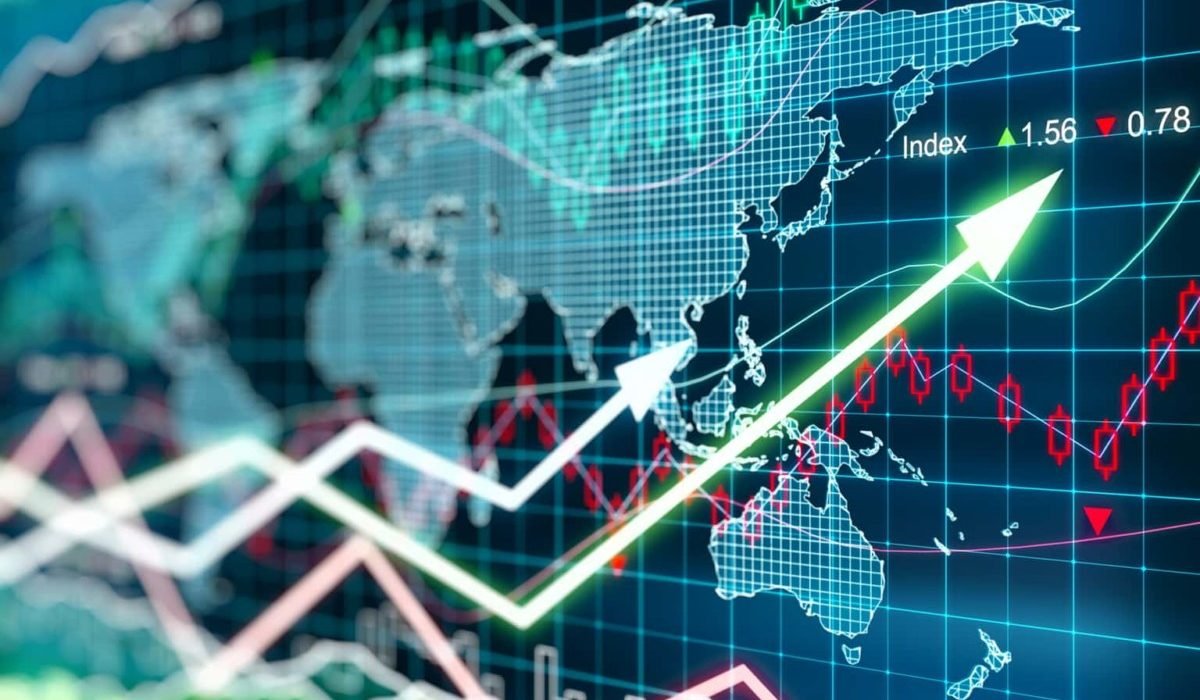It is now commonplace to say that we live in a knowledge economy. Like all clichés, there is something wrong with this one insofar as it suggests that previous economies were not based on knowledge. If anything has changed in the economic system that has characterised the majority of industrialised countries over the past two and a half centuries, it is undoubtedly the growing importance of scientific and technological knowledge for economic activity. An economist of the stature of Simon Kuznets argued that what distinguished modern economic growth was the systematic application of science to economic ends. What we maintain is that what distinguishes the so-called “knowledge” economy from what existed in previous eras,
Function of technology in markite.
This article is based on research that the authors conducted over several years and which was the subject of a recent publication . This research focused on the nature and functioning of technology markets, including markets for intermediate technological goods, and their implications for trade and public policy.
Manufacturing and makiting by technology.
With the advent of the corporate r &d laboratory , particularly in the late 19th century, large corporations in Western Europe and the United States began to develop their own technology. We find an illustration of this, for example, in the table of American economic growth in the 20th century considered from the point of view of companies proposed by Chandler (1990). For him, the systematic application of science takes place within the more organised confines of business, the production of new knowledge going hand in hand with its application through complementary investments in research, manufacturing and marketing.
Economic grotwh by technology
The concept of knowledge creation associated with the use of this knowledge is no longer sufficient to understand economic growth in the 21st century . Over the past ten to fifteen years, there has been a rapid proliferation of systems for exchanging technology or technology services, ranging from R&D partnerships and joint ventures , licensing agreements, cross-licensing agreements, to outsourced R & D.
Technology is an important part of the industris.
Although overall empirical figures on the gradual increase of these agreements are lacking, there is every indication that technology exchanges are more frequent than in the past. For example, Grindley and Teece (1997) note an increased use of technology licensing by companies like ibm , Hewlett-Packard, Texas Instruments and at&t in the nineties. Moreover, today, several companies and software have emerged, which help companies to manage their patent portfolio. Companies specialising in the creation of new technologies are now an important part of the industrial landscape in many high-tech sectors. Finally, we have seen the emergence of electronic and online markets where technologies are sold and bought.
Technology can be commercially transacted
We don’t go so far as to say that in- house r& d from well-known companies will be supplanted by r&d outsourced. Rather, what we want is to understand the conditions under which technology can be commercially transacted, whether by companies already in place or by companies that specialise in producing technology. Apart from technology diffusion, these transactions could play an important role in encouraging innovation. This is what happens when the designers of a technology cannot afford to market it. Without the prospect of being able to profit from their innovations by bringing them to market, many small technology-based companies will not invest in the creation of new and useful technologies. Moreover, as we will try to show here,
Technology markets for business strategy.
We begin by providing a tentative definition of technology markets and summarise the empirical information available on the size and importance of these markets. Section 3 will focus on the implications of the development of technology markets for business strategy. Section 4 will discuss the role of technology markets in promoting the international diffusion of technology. Section 5 will conclude by examining the implications of the globalisation of these markets for national policies.
Provisional definition
In this study, we use the term “market” in a broad sense. Strictly speaking, market transactions are peer-to-peer, anonymous, and generally involve the exchange of a good for money. Many, if not most, of the technology deals we have observed do not meet all of these criteria at once. They often imply very specific contracts and can take place within the framework of technological alliances. Therefore we will often paint in broad strokes, in order to clearly contrast market transactions with the internal process of a society, it will not be to contest the existence of hybrid forms characteristic of transactions on the technology markets, but rather to give more clarity to our subject.
Technology comes in very different forms software and design
Technology comes in very different forms, and no general definition is satisfactory. For example, it may take the form of “intellectual property” (patents) or intangible property (eg software, or a design); it can also reside in a product (for example a prototype, or a device such as a chip designed to perform certain operations), or even take the form of technical services. We will not attempt to give a definition and will instead use the term in the vague sense of “useful knowledge”, based on engineering sciences and scientific disciplines, which usually starts from experience. production practice. It also means that technology transactions can take a variety of forms,
Some useful hints
Technology markets are nothing new. Lamoreaux and Sokoloff (1997 and 1998) have shown evidence that there was an active market for patents in the United States in the 19th century. . See Arora, Fosfuri and Gambardella (2001) for rough estimates of the size and limits of technology markets over the past few decades. Using systematic data on technology transactions, we found that technology trade grew in the 1990s driven by high-tech industries such as software, chemicals and electronics. Table 1 shows the total number of such transactions – and, in brackets, their value – by industry sector between 1985 and 1997. The value of a transaction







